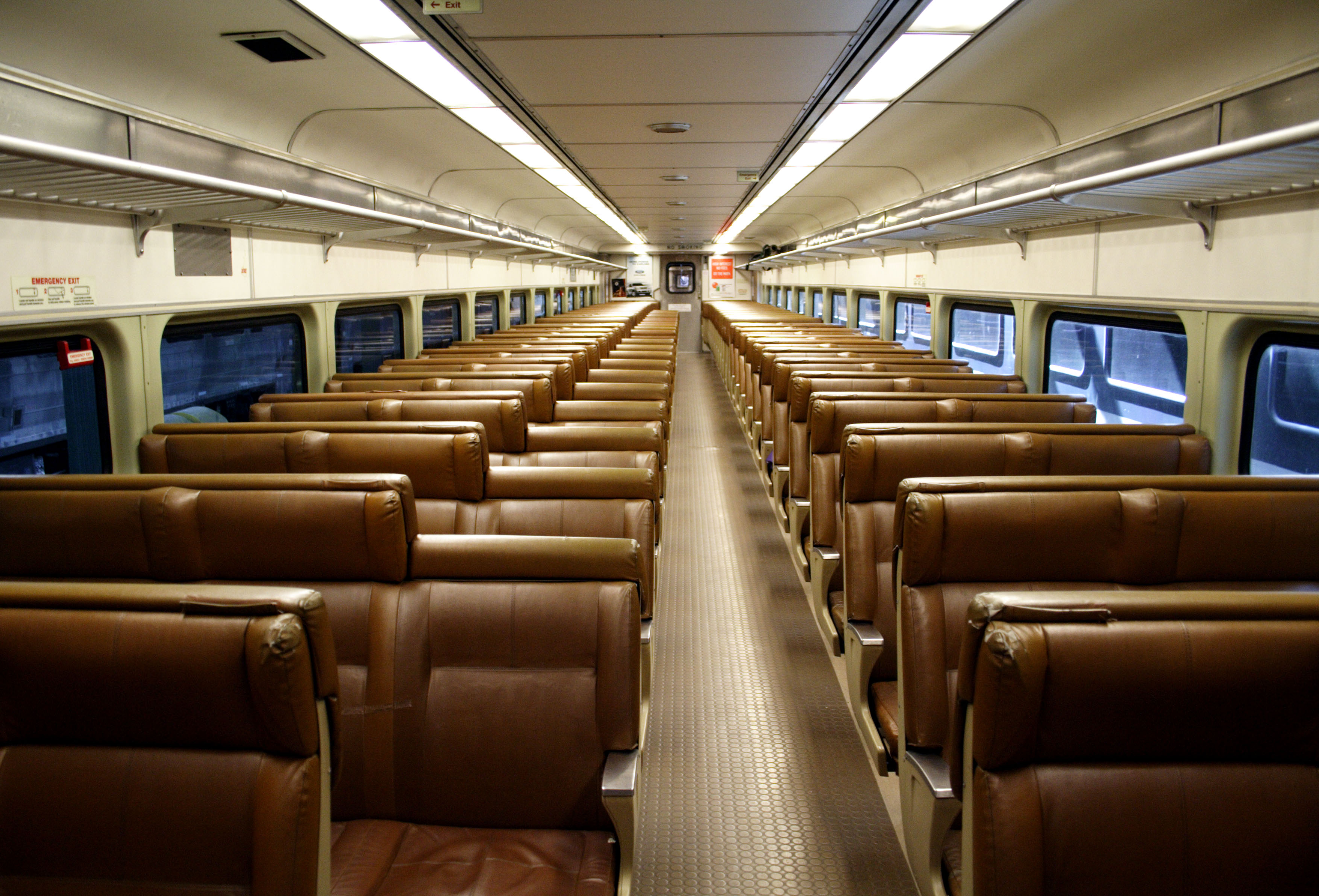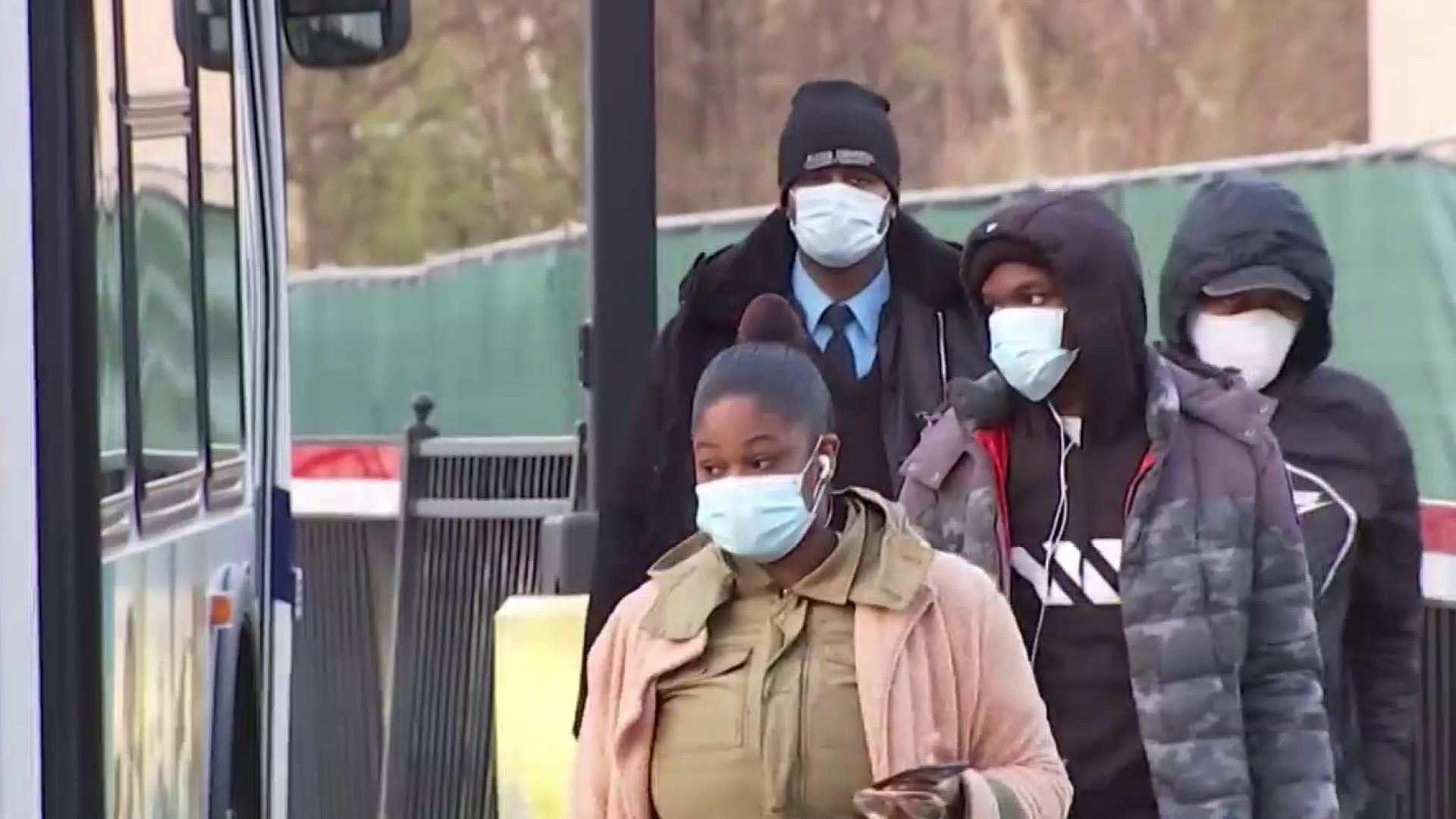What to Know
- New Jersey Transit's chief says he will meet a Dec. 31 deadline for installing a required emergency braking system, despite federal regulators' singling the carrier out as the only railroad at risk of falling short and facing severe sanctions.
- All U.S. railroads are required to have the system operating by the end of this month.
- NJ Transit could face fines of more than $25,000 per day if it doesn't meet the deadline, and potentially be barred from running trains on tracks operated by Amtrak.
The head of New Jersey Transit said Wednesday the state-run transportation operator will meet a Dec. 31 deadline for installing a required emergency braking system, despite federal regulators’ singling the carrier out as the only U.S. railroad at risk of falling short and facing severe sanctions.
CEO Kevin Corbett even staked his job on making the cutoff, saying Wednesday if it’s not completed, “you’ll be talking to a new CEO.”
NJ Transit could face fines of more than $25,000 per day if it doesn’t meet the deadline, and potentially be barred from running trains on tracks operated by Amtrak, which includes the heavily traveled Northeast Corridor between Trenton and New York.
Get Philly local news, weather forecasts, sports and entertainment stories to your inbox. Sign up for NBC Philadelphia newsletters.
Of more than three dozen rail operators in the U.S., NJ Transit was the only one deemed in danger of missing the deadline after it provided federal regulators with its quarterly report marking progress through Sept. 30.
Positive train control is a computerized system that can automatically slow a train if an engineer is incapacitated or if a signal malfunctions. A 2008 commuter rail crash in California that killed 25 people helped spur the government to require all commuter and freight railroads to have PTC, but the National Transportation Safety Board, which investigates train accidents, had been advocating for the system for decades.
The original deadline at the end of 2015 was extended three years, and NJ Transit was among numerous railroads that had installed the system but were given until the end of 2020 to test it and put it fully into use.
Through the end of the third quarter, NJ Transit reported PTC was in use on passenger-carrying trains on six of its 12 rail lines and a little less than half of its 376 miles of track. All lines had begun using the system on trains with passengers by this week, Parsons project manager Terry Fetters told the NJ Transit board Wednesday.
“We are on target for PTC certification for the end of the year,” Fetters said.
Testing on trains carrying actual passengers was supposed to begin in the summer of 2019 last summer but was slowed by a problem with software provided by Parsons Corp., an outside contractor. Some software was still being replaced to correct defects as recently as last month, according to a recent update published by NJ Transit.
The software is crucial to achieving smooth interfaces with Amtrak, Contrail and other railroads that share the same tracks and infrastructure, which is a challenging process, Corbett said.
“You expect software glitches, but we have the most complex system in the country,” he said. “Everybody tries to protect their software, and it's very complex, getting firewalls to have key security elements so they can talk to each other.”



